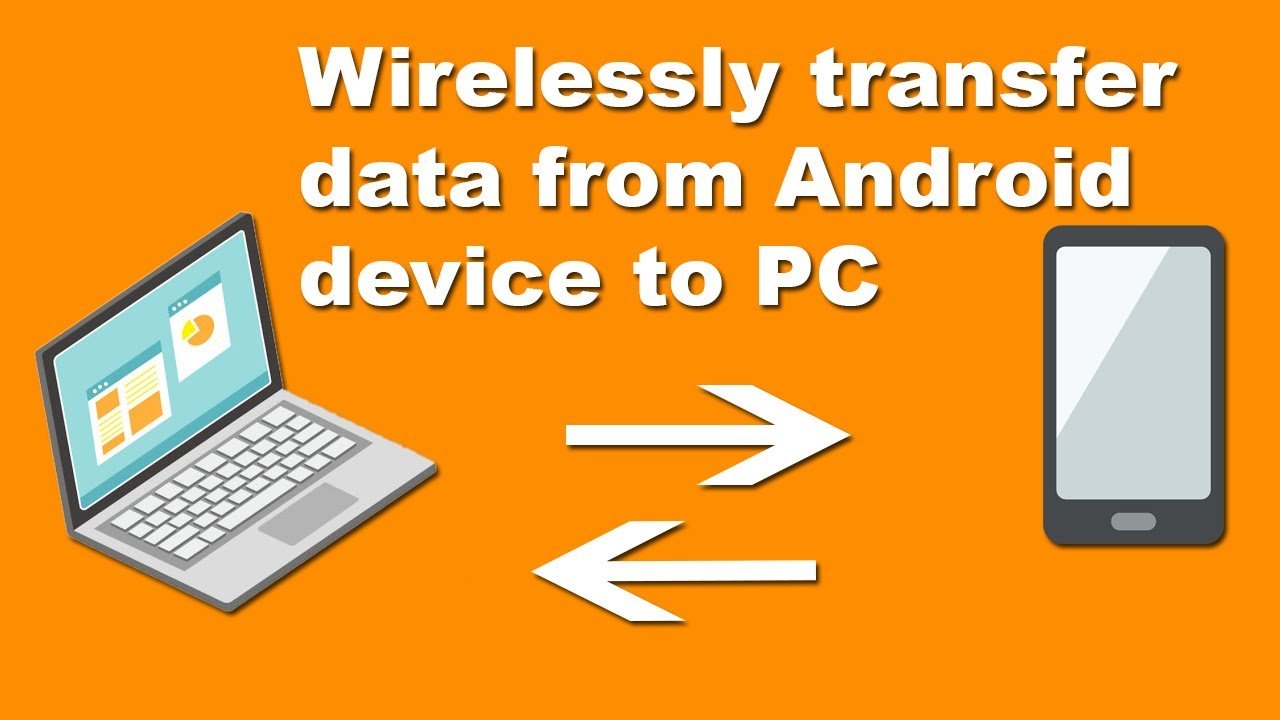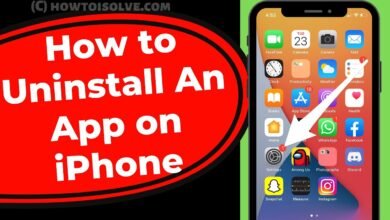How to Seamlessly Transfer Data from iPhone to Android Wirelessly

In the speedy computerized world, it’s generally expected to switch between various gadgets consistently. When transferring data from an iPhone to an Android smartphone, or vice versa, it is imperative to guarantee a dependable data transfer. Fortunately, because of continuous mechanical advancement, remote information moves have become helpful. This headway has improved the interaction, making it simpler than at any other time to move your information bother-free. Whether it’s contacts, photographs, or significant reports, remote exchange strategies offer unmatched comfort, permitting clients to progress between gadgets easily.
Introduction
Moving smoothly between smartphones requires a strategic data transfer (DTA) approach. The contemporary digital landscape demands efficient wireless data transfer methods. With wireless connectivity, users can seamlessly migrate data from an iPhone to an Android device sans the inconvenience of cables or intricate procedures. Many techniques exist to facilitate a seamless transfer, from employing third-party applications to tapping into built-in functionalities. Explore this thorough tutorial to learn how to move between devices easily and ensure your important data travels. Transfer Data iPhone Android
Traditional vs. Wireless Data Transfer
Wireless Data Transfer Options
In wireless data transfer, users can move their content between devices seamlessly. The possibilities are diverse, from utilizing third-party apps like SHAREit and Xender to leveraging cloud services like Google Drive and iCloud. Additionally, built-in features on both iOS and Android devices provide further convenience, employing Bluetooth and Wi-Fi Direct for swit transfers. Whether opting for third-party solutions or native functionalities, users can transfer photos, videos, and contacts more effortlessly. Transfer Data iPhone Android With these versatile options, the transition between devices becomes smoother and more efficient, enhancing the digital experience for users.
Using Third-Party Apps for Wireless Transfer
- As the interest in consistent remote information among iPhone and Android gadgets keeps rising, more people are going to outsider applications. These applications disentangle and smooth out the exchange cycle, flaunt natural connection points, and make functionalities easy to use. Utilizing prestigious stages like SHAREit, Xender, and Send Anyplace, clients easily share content like records, motion pictures, music, and pictures. Eminent for their dependability and convenience, these stages guarantee a smooth change for clients exploring various cell phone environments, making the exchange experience bother-free and effective.
- To move information through an outside application, first download and introduce the application on your iPhone and Android, then interface the two gadgets as indicated by the on-screen guidelines. Select the documents to move and start the ex-change cycle when associated. The exchange could take a few seconds, depending on the records’ size and your web association’s speed.
Leveraging Cloud Services for Data Transfer
They are concerned with capacity arrangements and stages like Dropbox, iCloud, and Google Drive, which shine with seamless data synchronization capabilities across various platforms and devices. By opting for cloud storage, users can access their data from any location with an internet connection. To initiate the data transfer process through cloud services, upload your files from your iPhone to your chosen cloud platform. Then, files can be easily retrieved by logging into the same Android service. This approach ensures a smooth and stress-free data transfer, guaranteeing user satisfaction. Additionally, for secure transactions, learn How to Buy Verified PayPal Accounts to protect your financial dealings online.
Utilizing Built-in Features for Data Transfer
Devices running iOS and Android come with built-in features that facilitate data transfer. These features leverage wireless connectivity options like Bluetooth and Wi-Fi Direct to transfer data without additional hardware or software. To utilize built-in data transmission, turn on Bluetooth on both your iPhone and Android device, pair them, and then send files to your Android smartphone using the sharing settings on your iPhone.
Tips for Successful Data Transfer
Take into account the following advice to make sure your data transfer experience is easy and hassle-free:
- Ensure your Android and iPhone devices are fully charged and linked to a reliable Wi-Fi network.
- Please back up your data before transferring it to prevent potential loss or corruption.
- In addition to ensuring the files you’re transferring are supported on both systems, check for compatibility concerns between your devices.
Troubleshooting Common Issues
While investigating normal issues during information moves, there are a couple of key procedures to recollect. In the first place, guarantee that the two gadgets are completely energized and close enough to one another. If you experience network issues, restart the two gadgets and check for suitable programming refreshes. Slow exchange paces can frequently be improved by moving more modest clusters of documents. Furthermore, assuming you experience similarity issues, check that the papers you’re moving are upheld on the two gadgets. These investigating tips can assist you with conquering normal snags and guarantee a smooth exchange of insight.
Addressing Security Concerns
While convenient, wireless data transfer raises legitimate security concerns. Users must prioritize safeguarding their data during transfer, employing secure connections, and avoiding unsecured networks and gate risks. Encryption guarantees that information is protected from curious eyes by adding a layer of safety. Moreover, keeping up with watchfulness against potential dangers and regularly overhauling security conventions work on general security. Clients can with certainty move information knowing their security and delicate data are safeguarded by following these shields.
Conclusion
In conclusion, the progression of wireless data transfer has revolutionized the way users transition between iPhones and Android devices. The data migration process has been streamlined into a swift and effortless experience, all thanks to seamless methods like third-party apps, cloud services, and built-in features. Embracing these wireless solutions ensures a smooth transition without bulky cables or complex procedures. By adhering to the provided tips and addressing security concerns, users can embark on a transfer journey free of worries, safeguarding the integrity of their data. Wireless data transfer empowers users to navigate between devices seamlessly, unlocking endless possibilities without missing a beat.
FAQs
Can I transfer large files wirelessly between iPhone and Android devices?
You may remotely move large documents between your Android and iPhone using built-in highlights, cloud administrations, or outside applications. Many elements, like the number of records and the speed of your web affiliation, may influence the trade speed.
Are there any hazards involved in transferring data using third-party apps?
Although most outsider applications put their clients' security and protection first, using outsider programming is never without risk. Before introducing applications on your gadget, read client surveys and acquire them from legitimate sources to break the gamble.
How can I troubleshoot slow transfer speeds during wireless data transfer?
Try rebooting both devices, ensuring they are within range of one another, and seeing if there are any software upgrades available if you are having trouble with your wireless data transfer. Another option to expedite the transfer process is to transmit fewer files simultaneously.
What precautions should I take to protect my data during wireless transfer?
Use secure connections to protect your data during wireless transfer and avoid transferring sensitive information over insecure networks. Additionally, consider encrypting your data before transferring it to enhance its security further.









